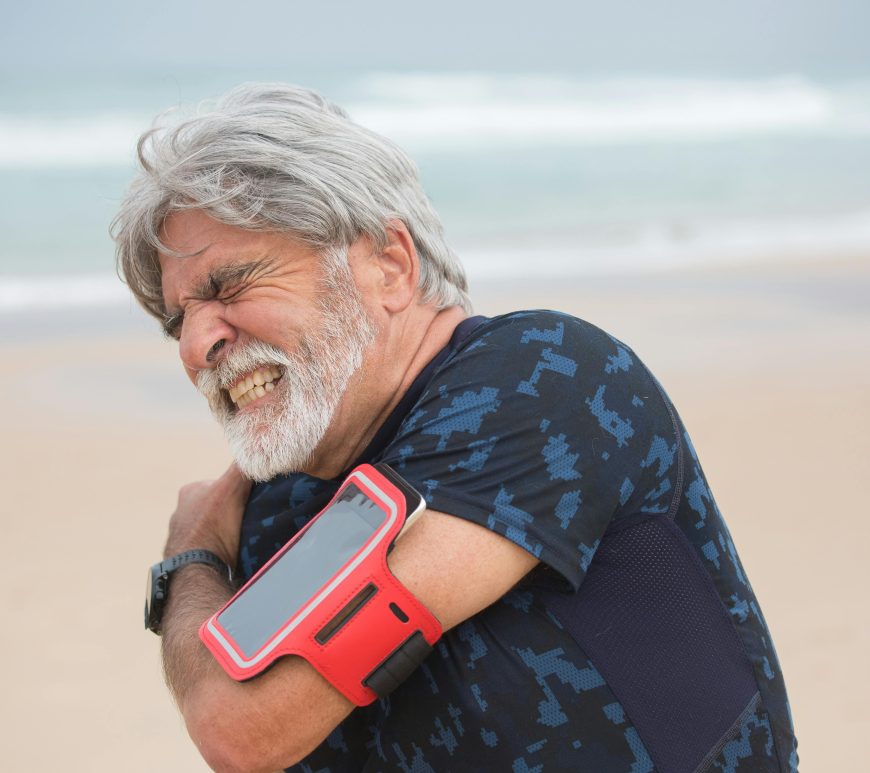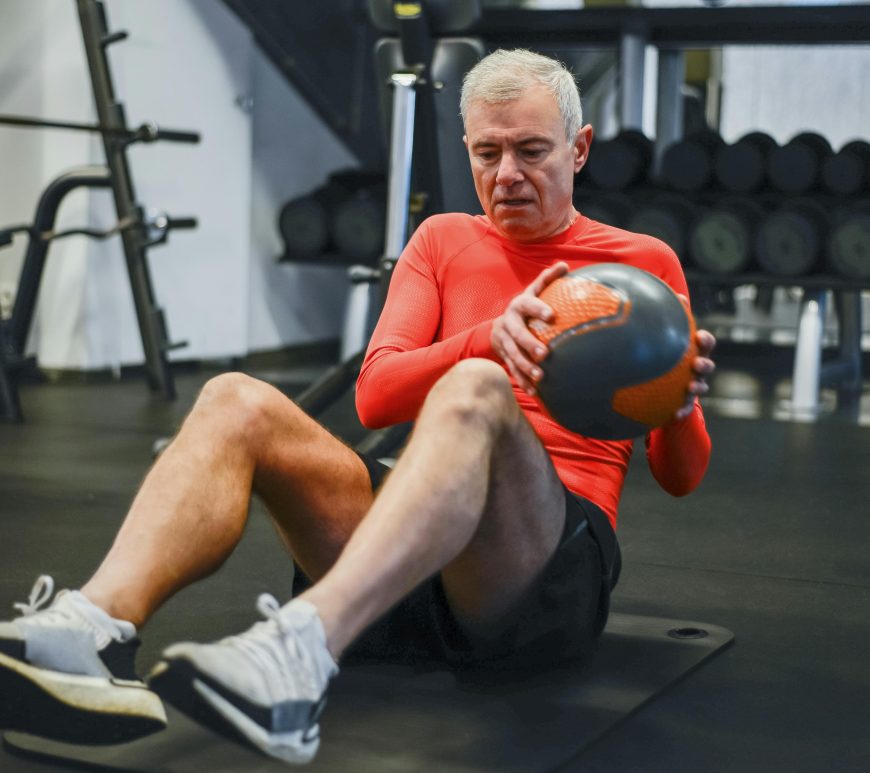
Can a 12-week exercise program improve health outcomes in African-American stroke survivors with multiple comorbidities?
In 2000, study led by J.H. Rimmer, et. al., the effects of a 12-week exercise training program on a predominantly African-American group of stroke survivors with multiple comorbidities were investigated. The primary aim was to assess the program’s influence on various health parameters, shedding light on the potential benefits for this specific population. Utilizing a lag-control group design, the study enrolled a total of 35 … Continue reading Can a 12-week exercise program improve health outcomes in African-American stroke survivors with multiple comorbidities?



